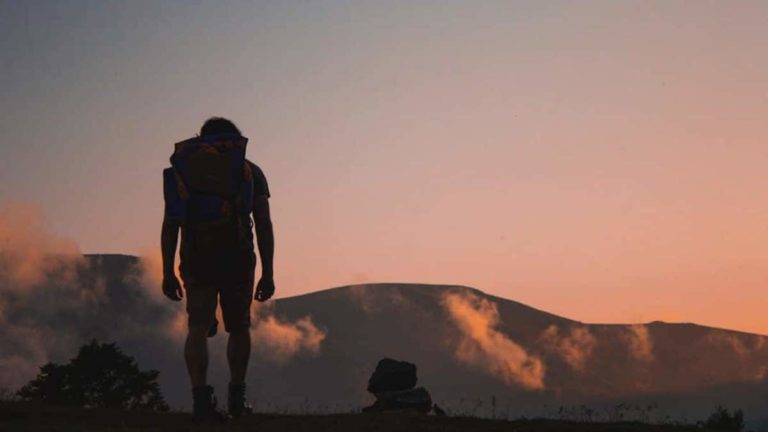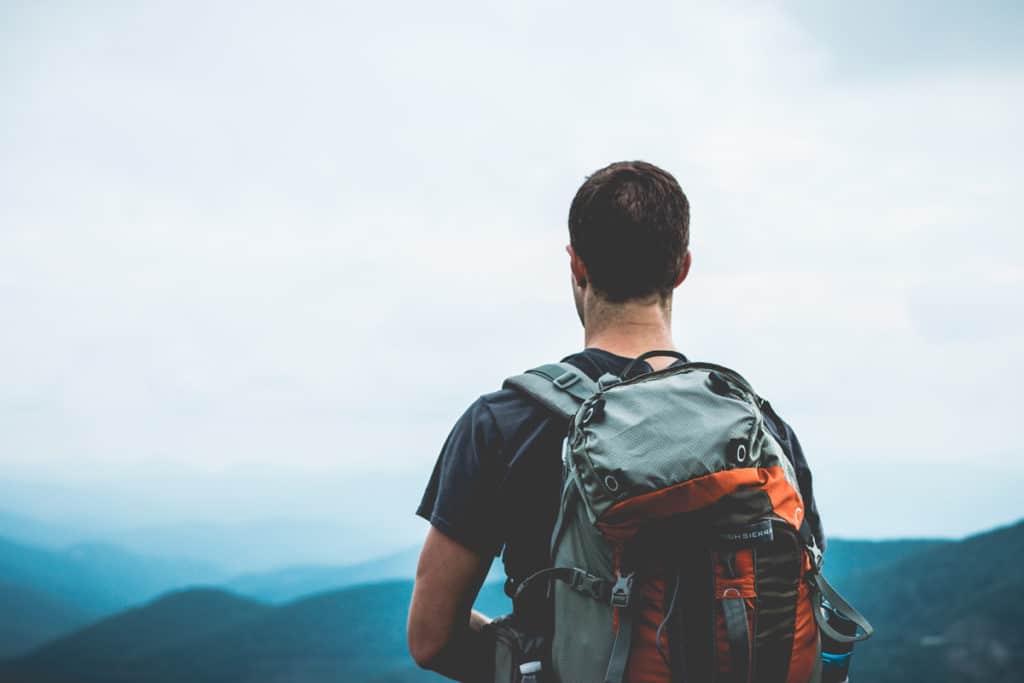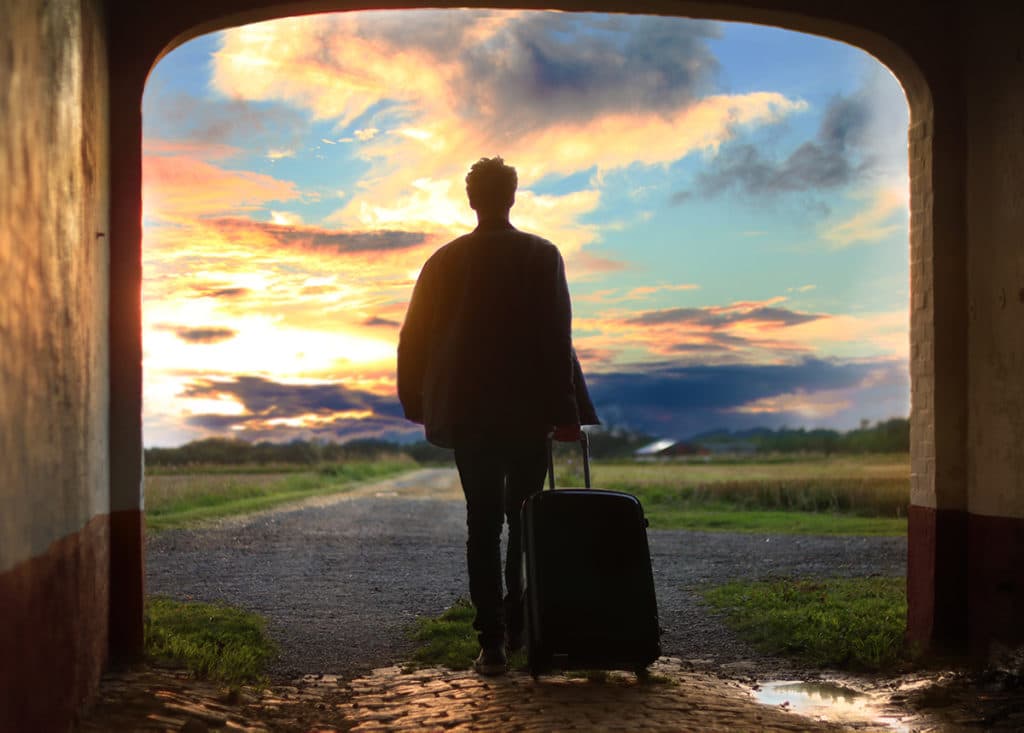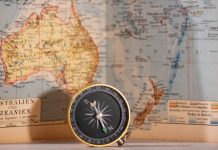
Embarking on a backpacking adventure through Australia is an exciting prospect. With its diverse landscapes, from sun-kissed beaches and tropical rainforests to bustling cities and the vast outback, preparing adequately is crucial. This ultimate backpacking checklist ensures you’re well-equipped for everything the Land Down Under has to offer.
Table of Contents
Packing Smart for Your Australian Adventure
Getting ready for a long-term stay in Australia? Packing can feel overwhelming, especially when trying to balance essentials with limited space. The key is to adapt your luggage to your travel style and itinerary—whether you’re planning to explore the cities, beaches, or outback.
🗺️ Define Your Trip
- Backpackers & Adventure Seekers → Pack light with comfortable, versatile clothing for road trips, hikes, and spontaneous adventures.
- City Dwellers & Workers → Consider casual yet professional outfits if you’re job-hunting or planning to stay in urban areas.
- Beach Lovers & Surfers → Pack swimwear, light clothing, and sun protection.
🔄 Stay Flexible
Your plans might change once you arrive—be prepared to adjust your wardrobe along the way! And remember, you can buy what you need in Australia, so no need to overpack. 😉

Backpack vs. Suitcase: Choosing the Right Travel Companion
One of the biggest decisions when packing for Australia is choosing between a backpack or a suitcase. The best option depends on your travel style and itinerary.
Selecting Luggage Based on Your Travel Mode
For Road Trippers & Adventure Seekers
✔ Go for a backpack – It’s compact, easy to carry, and fits better in vans or hostels.
✔ Choose a durable, lightweight model with good back support.
✔ Try it on in-store before buying—comfort is key!
For City Explorers & Long-Term Stays
✔ A suitcase might be better if you plan to settle in one place (e.g., for work, study, or as an au pair).
✔ Easier for organized packing, but bulkier in shared accommodations.
📊 Backpackers’ Verdict?
A poll on our Facebook page showed 67% prefer backpacks, while 32% opt for suitcases. The choice is yours—pick what suits your journey best!
Advantages and disadvantages
| Pros | Cons | |
|---|---|---|
 |
|
|
 |
|
|
Choosing the Ideal Backpack or Suitcase
Selecting the right luggage for your Australian adventure is essential for comfort and convenience. Whether you’re exploring the outback, traveling city-to-city, or heading for a road trip, the right backpack or suitcase can make a big difference!
🆚 Backpack vs. Suitcase
- Backpacks – Best for mobility, road trips, and adventure travel.
- Suitcases – Great for city stays, internships, or longer-term rentals.
The Perfect Backpack(s)
Big Backpack (50-70L)
✔ Choose a well-balanced backpack with padded straps for comfort.
✔ Pack smart – Heavy items close to your back, frequently used items on top.
✔ Check for men’s & women’s models (strap positioning differs).
Small Daypack
✔ Ideal for essentials – passport, visa, wallet, travel documents.
✔ Carry-on friendly for flights, buses & daily adventures.
🔒 Pro Tip: Always use padlocks on your bags, especially in hostels, buses, and flights for added security!

Steps for travelling to Australia on a WHV
Wanting to go to Australia on a Working Holiday Visa but unsure where to start? We will take you through it all in this article.
The Ideal Suitcase for Your Trip
If a suitcase is your preferred choice, selecting the right one is key for a smooth travel experience in Australia.
✔ Lightweight & Durable – A sturdy, hard-shell suitcase with 4-wheel rollers ensures easy maneuverability.
✔ Dual Compartments – Helps keep your belongings well-organized.
✔ Check Airline Baggage Limits – Airlines have different restrictions, especially for domestic & low-cost flights.
Carry-On Suitcase? Double-Check the Size!
Most airlines allow a cabin bag size of 55 x 35 x 25 cm max (including wheels & handles). Always check your airline’s regulations to avoid extra fees.
⚠️ Weight Restrictions: Be mindful of baggage weight limits, particularly for budget airlines or domestic flights, where allowances are usually lower than international flights. Overpacking could cost you!
Read also : Cheap Flights to Australia

Packing Your Bag – Where to Start?
Tip #1 – Travel light
Before stuffing your bag, sort your items into three categories:
1️⃣ Must-haves – Essentials you can’t do without.
2️⃣ Leave-behinds – Things you definitely won’t need.
3️⃣ Maybe’s – Items you might need but could do without.
💡 Luggage weight allowance varies by airline!
Most airlines allow 20-30kg for checked baggage (some charge extra for additional weight) and 7-10kg for carry-on. Always double-check airline restrictions before packing.
Tip #2 – Pack for All Climates
✔️ Australia is sunny ☀️ but winters in the South can be cold!
✔️ Bring 2-3 jumpers, a jacket, and a pair of long pants for chilly days.
✔️ City dwellers: Casual & smart-casual outfits are great for nights out. Dress codes are more relaxed than in Europe, but some clubs require dress shoes and shirts.
Tip #3 – Keep It Practical
✔️ If you’re planning Fruit picking or farm work, bring:
👕 Long-sleeve tops
👖 Durable pants
👟 Comfortable trainers
✔️ No need to overpack! You can buy affordable clothes at Kmart, BigW, Target, or second-hand shops (Op Shops).
Australia Backpacking List
Clothing and Footwear
Australia’s climate varies significantly across the country, so versatile and layerable clothing is key.
- Lightweight, breathable clothing for warm climates.
- A waterproof jacket for unpredictable weather, especially in tropical areas and during the rainy season.
- Fleece or sweater for cooler evenings and southern regions.
- 5 short sleeve shirts/vests + 1 or 2 long sleeve shirts
- A pair of jeans
- 2 or 3 pairs of shorts
- 1 pair of trousers/dress skirt
- socks and undies
- Durable hiking boots or shoes, depending on your planned activities.
- Flip-flops (thongs) for beach days and hostel showers.
- Swimwear for Australia’s famous beaches and reef snorkeling.
Health and Hygiene
- First Aid Kit: Include personal medication, pain relievers, band-aids, and antiseptic wipes.
- Sun Protection: High SPF sunscreen, sunglasses, and a wide-brimmed hat.
- Insect Repellent: Particularly for tropical areas and the outback.
- Tooth brush and tooth paste
- A nail clipper + tweezers
- Deodorant/Perfume
- Condoms/your pill.
Accessories
- Reusable Water Bottle: Stay hydrated and reduce plastic use.
- Laptop or tablet + external hard drive
- Smartphone with a good camera and sufficient storage + charger
- Headphones or Earbuds: For long bus rides or flights.
- Universal Travel Adapter: Australia uses Type I plugs.
- Padlocks: Secure your belongings in hostels and public places.
- Daypack: For day trips and excursions.
Essential Travel Documents
- Passport with at least six months validity.
- Ensure you have the correct visa and a print out of it
- Travel Insurance: Opt for comprehensive coverage that includes medical emergencies, theft, and cancellations.
- International Driving Permit (if you plan to drive).
- Copies of Important Documents: Keep digital and physical copies of your passport, visa, insurance, and emergency contacts.
Things NOT to Put in Your Luggage
In your hand Luggage
Certain items are strictly prohibited in carry-on bags:
❌ Liquids over 100ml – All liquids, gels, and creams must be in containers of 100ml max and stored in a transparent plastic bag. Larger items will be confiscated at security.
✔️ Exceptions: Medications are allowed but require a prescription.
❌ Sharp objects – Knives, scissors, razors, and sometimes lighters are not permitted in the cabin.
❌ Weapons or dangerous items – Anything resembling a weapon is strictly prohibited.
In your checked-in Luggage
⚠️ NEVER pack valuables in your checked luggage!
✔️ Keep laptops, cameras, and electronics with you in carry-on bags to avoid theft or damage.
✔️ Important documents like passports, visas, money, and ID cards should always be in your hand luggage.
FAQ – Packing for Australia
Luggage restrictions depend on your airline and your plane ticket. Check with your airline for weight and size restrictions on checked and hand baggage. In general, you will be allowed one hold bag and one hand bag. Some airlines give you a weight allowance but you can spread this across several suitcases, so you can check this on their website.
We would always recommend carrying any valuables in a secure backpack or travel bag and keep them with you at all times instead of checking these in. Make sure you lock your bags and hotel rooms when you are away and use the in-room safe if possible. To protect your bag or suitcase during transport, you can have it packed at the airport, costing around £20. It is also advisable to take out travel insurance to cover any loss or damage to your belongings.
As well as clothes, you may want to pack a first-aid kit, toiletries, an adaptor for the plugs abroad, an unlocked mobile phone so you can buy a local SIM card later, a camera, a credit or debit card, your passport and your visa.
Australia is a huge country, so the climate will vary from region to region. In general, the best time to travel depends on the activities you want to do and the places you want to visit. For example, the best time to visit Australia’s tropical north is between May and October, while the best time to visit Tasmania is between December and February (the Australian summer).
Pack as light as possible. Aim for a backpack you can comfortably carry, ideally not exceeding 15-20kg.
es, but consider the logistics and costs. It might be easier and cheaper to rent equipment on arrival.


























